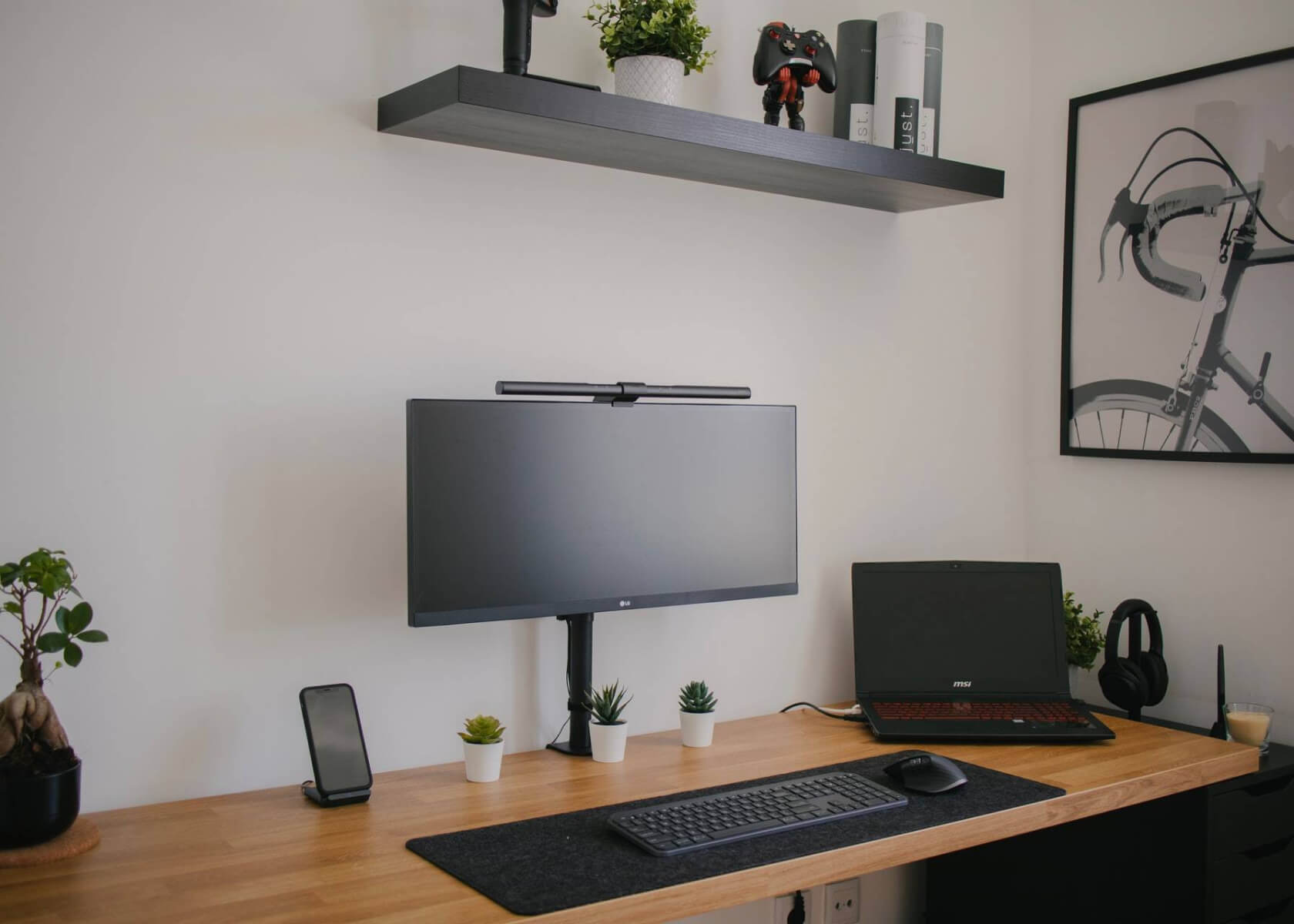Efficient Wardrobe Planner Template: Streamline Clothing Organization and Outfit Planning in Notion

New to Notion?
Designing a Wardrobe Planner Template in Notion for Effortless Clothing Organization and Styling
Introduction
Managing a wardrobe can be overwhelming with countless clothing options, accessories, and daily outfit choices. Notion’s versatility and recent feature enhancements make it an excellent tool for streamlining your wardrobe planning and organization. This article guides you through creating a comprehensive wardrobe planner template in Notion—providing a framework for efficient clothing organization, outfit planning, and accessory management to elevate your daily style.
1. Planning Your Template Structure
Before diving into the design process, it’s essential to plan the structure of your wardrobe planner template. Reflect on your needs and consider the following categories:
- Clothing Categories: Organize your clothing into specific groups such as tops, bottoms, dresses, outerwear, etc. This division enables quick navigation and retrieval.
- Color Palette: Create a section for your preferred color swatches. Include favorite shades, complementary tones, and seasonal variations to help you curate cohesive outfits.
- Outfit Ideas: Reserve space to brainstorm and document outfit ideas. You can add image placeholders or detailed text descriptions to visualize your ensembles.
- Style Inspiration: Incorporate a section to collect style inspiration from online sources, fashion blogs, or social media, keeping your look fresh and innovative.
- Accessories: Include a segment dedicated to accessories such as bags, shoes, jewelry, and scarves to complete your outfit looks.
2. Implementing Your Template Design
Once you have a clear structure, bring your wardrobe planner template to life with these updated steps:
A. Create a New Page in Notion
Begin by creating a new page dedicated to your wardrobe planner. Place it within your personal workspace or a fashion-related workspace. Title it something clear like “My Wardrobe Planner” to reflect its purpose.
B. Set Up Page Sections
Divide your page into distinct sections for each category. Click the "+" icon in Notion to add new content. You can use the Database option to embed tables, galleries, or boards that best suit each section.
C. Customize Database Properties
After creating a database section, click on the Properties option to add attributes for each clothing item. Common attributes include color, brand, size, purchase date, and more. Notion now supports linked databases and advanced filtering—use these features to fine-tune your organization.
D. Populate Clothing Categories
Create separate databases for each clothing category (e.g., tops, bottoms, dresses). Use the Add a new record option to input each item with details such as name, color, brand, and any additional properties you’ve set up.
E. Design Your Color Palette
For the color palette, choose the Gallery view within a new section. Upload images or color swatches of your favorite hues. This visual reference will assist in creating harmonious outfits at a glance.
F. Capture Outfit Ideas
Set up a section for outfit ideas using the Board view. Here, add cards that represent your outfits—each card can include pictures, detailed descriptions, and even links to inspiration sources. With Notion’s drag-and-drop feature, rearranging and updating your ideas on the fly has never been easier.
G. Source Style Inspiration
Add a dedicated section for style inspiration by selecting the Web Bookmark or Page option. Save webpages, images, or blog posts that inspire you. This collection becomes a handy resource when you’re in need of a creative spark.
H. Organize Accessories
Create a separate database for accessories, mirroring the method used for clothing items. Add properties like type, color, brand, and any other relevant details. Notion’s recent improvements in database relations allow you to easily link accessories with corresponding outfits if desired.
3. Navigating and Utilizing Your Wardrobe Planner
Once your wardrobe planner template is set up and populated with data, follow these best practices to optimize its use:
- Easy Navigation: Use Notion’s sidebar table of contents to quickly jump between sections of your planner.
- Filtered Views: Apply filtering options within each database to view specific categories, colors, or brands. The improved filtering and sorting functionalities make retrieval even more efficient.
- Outfit Creation: When planning outfits, combine items from different databases by dragging and dropping them onto your outfit ideas board. Experiment with colors and styles to curate fresh, personalized looks.
- Mobile Accessibility: With Notion’s mobile app enhancements, access your wardrobe planner on-the-go. Whether you’re shopping or deciding on a last-minute outfit, your planner is always at your fingertips.
- Collaboration: Share your wardrobe planner template with friends, family, or fellow fashion enthusiasts. Collaborate in real time, exchange outfit ideas, and get styling advice—all within Notion’s secure environment.
Conclusion
Designing a wardrobe planner template in Notion can revolutionize your approach to clothing organization, outfit planning, and accessory management. Notion’s flexibility and recent feature updates—ranging from advanced database customization to seamless mobile integration—enable you to tailor your template to your exact needs. By following the tips and structure outlined in this article, you can streamline your wardrobe management, enhance your personal style, and save valuable time in your daily routine. Enjoy building your stylish, organized wardrobe in Notion!


